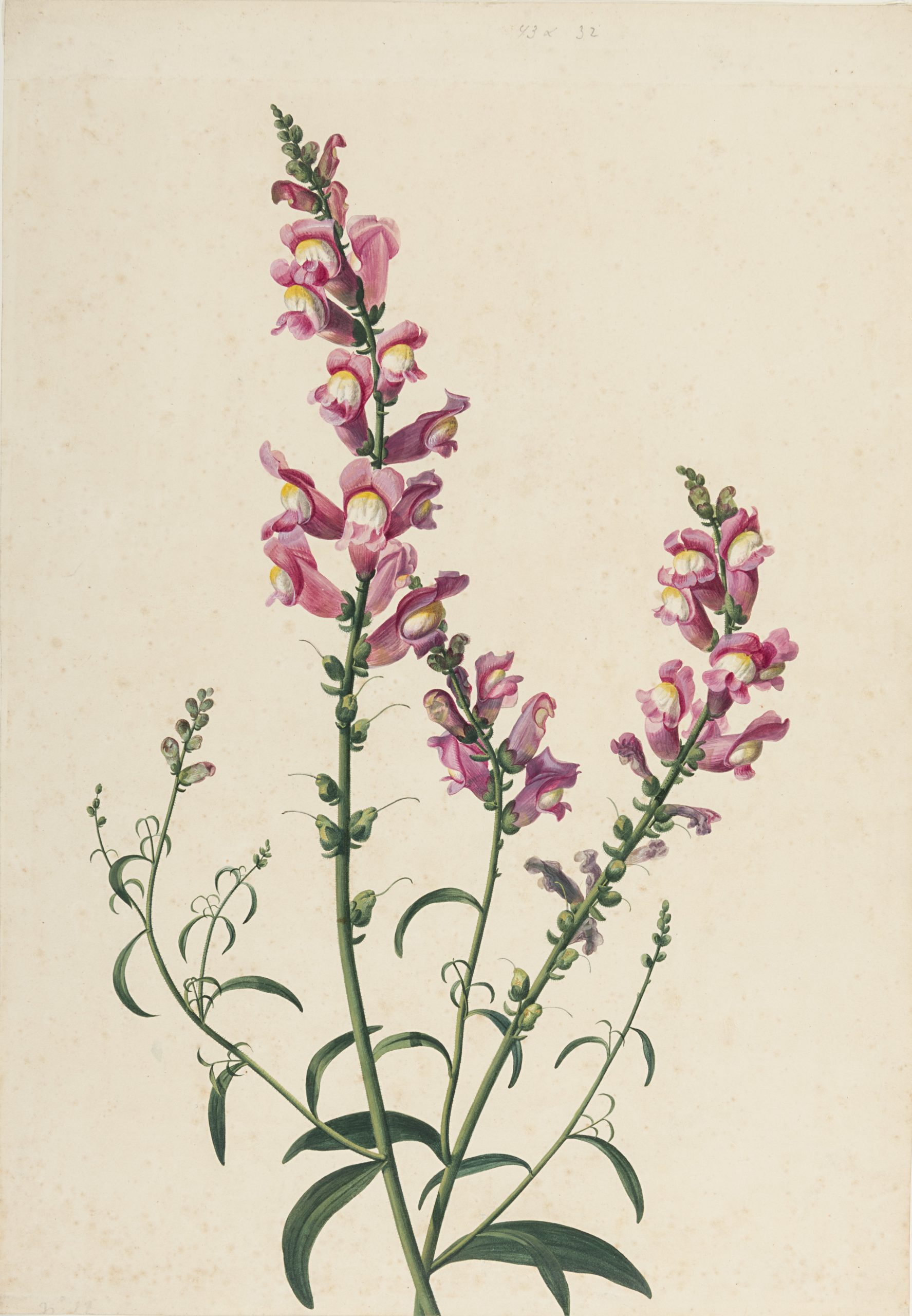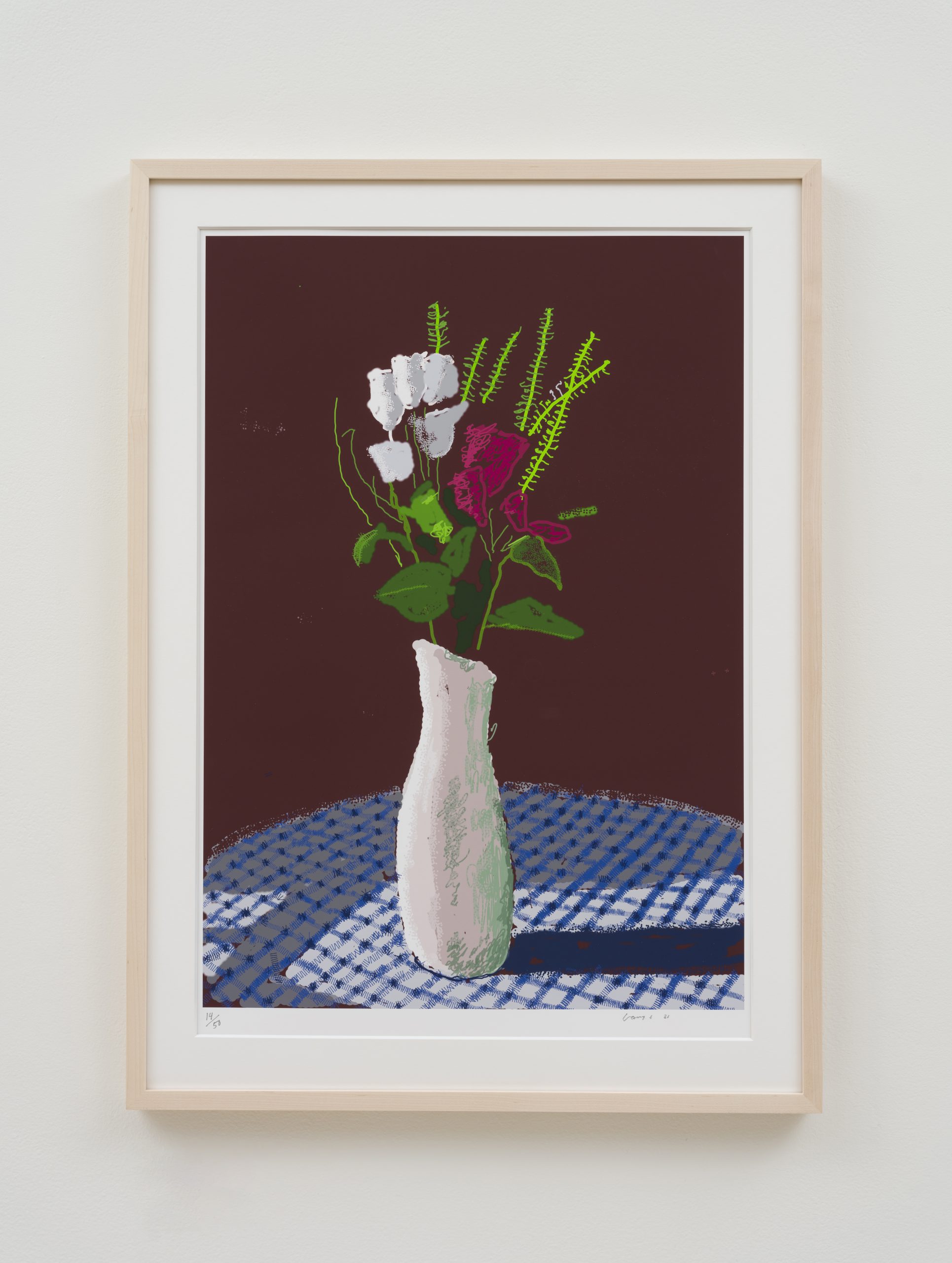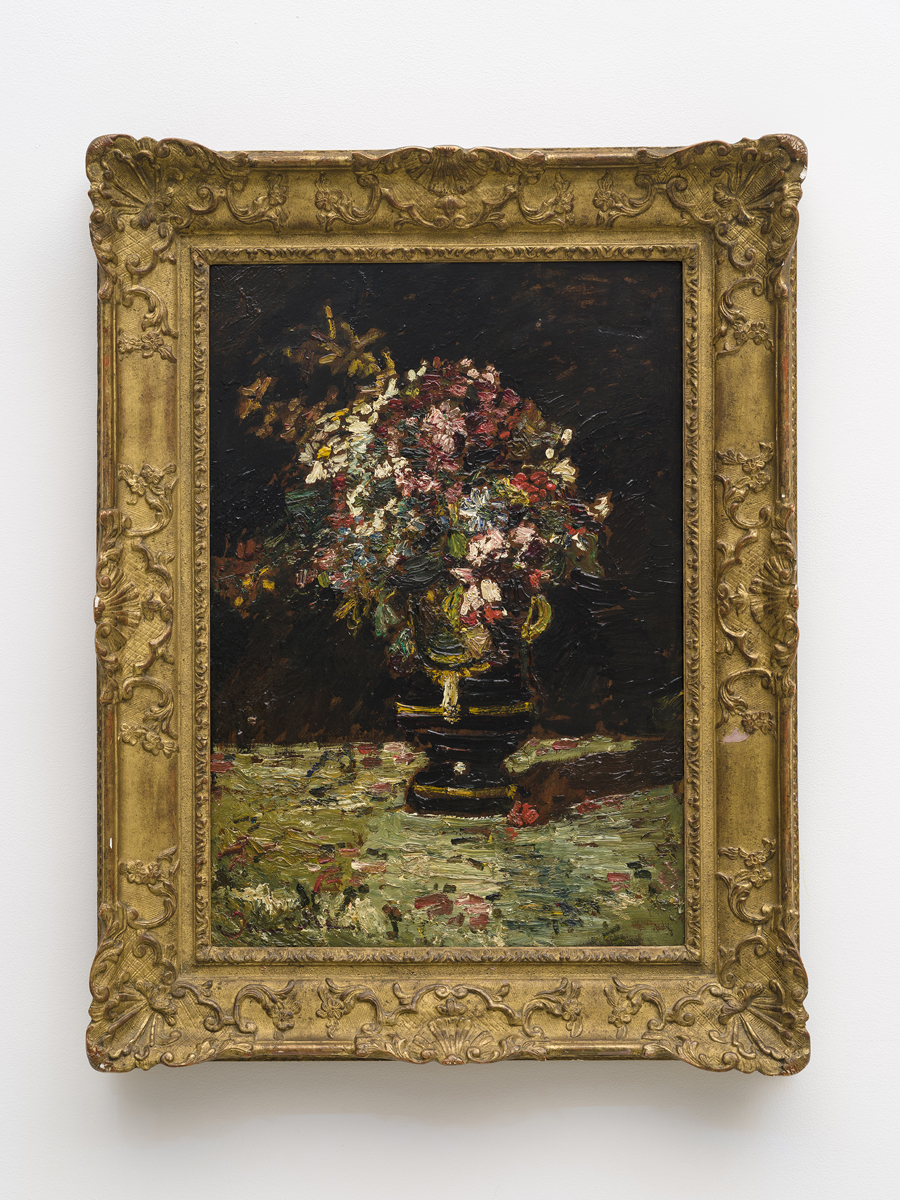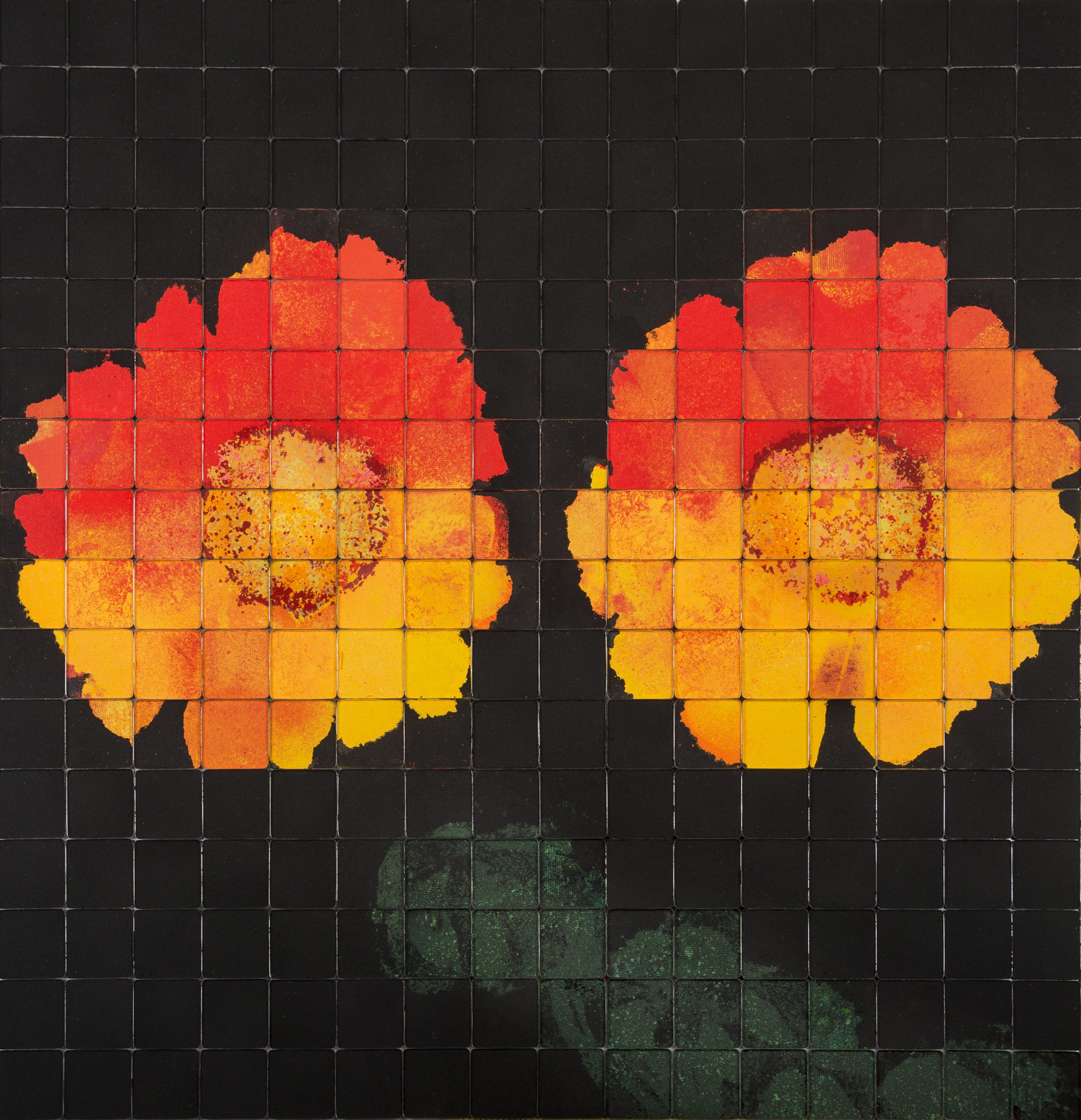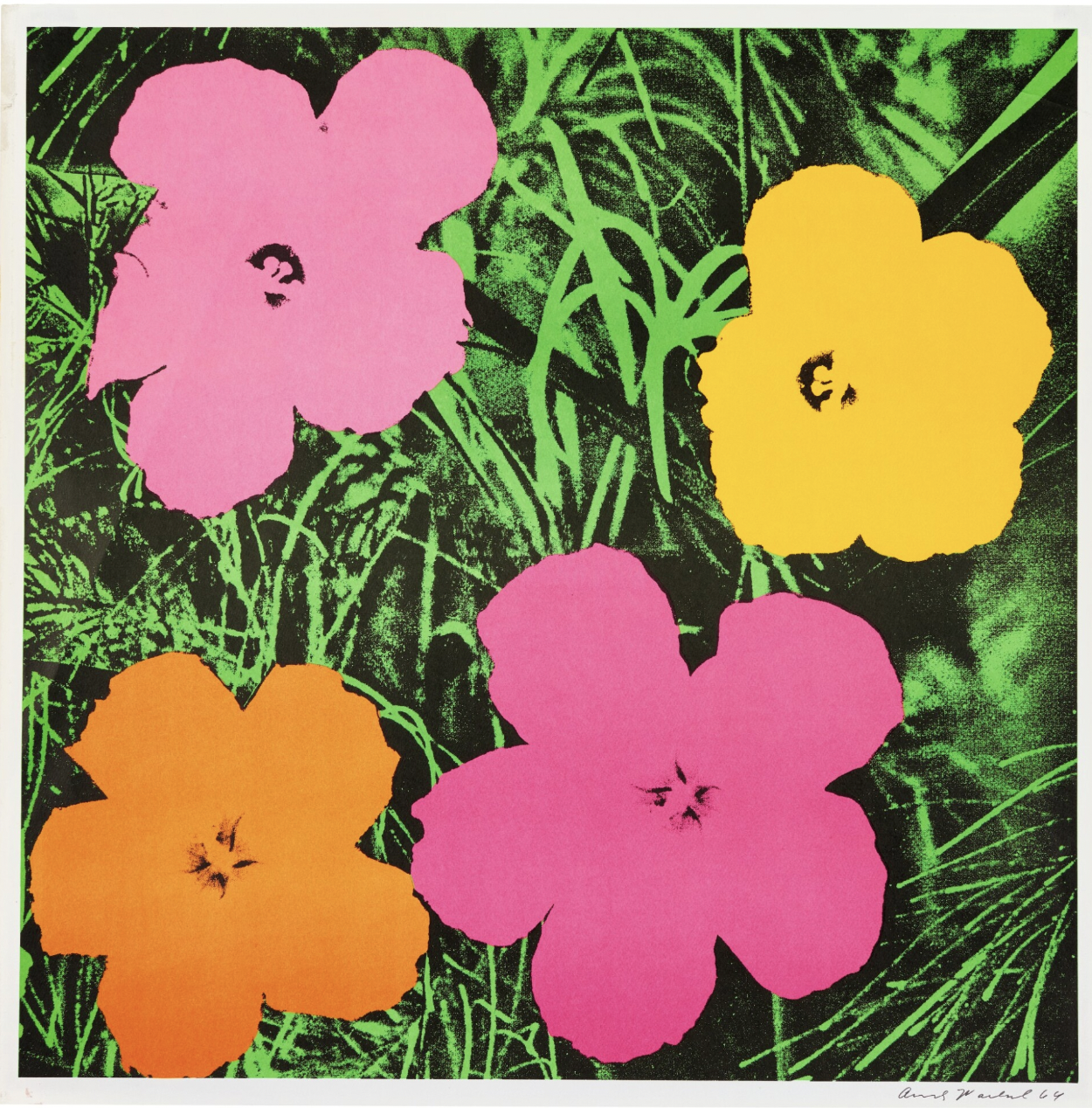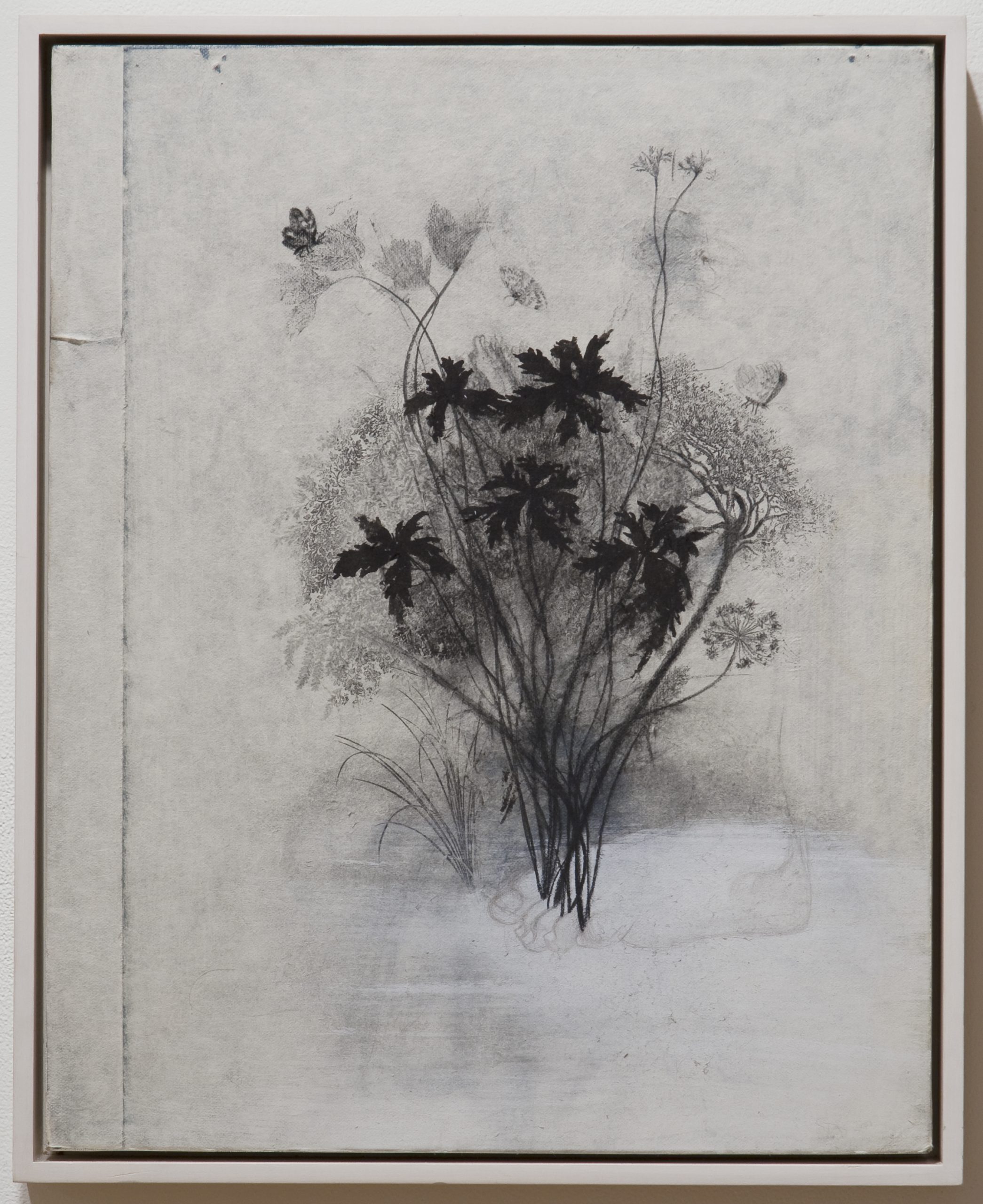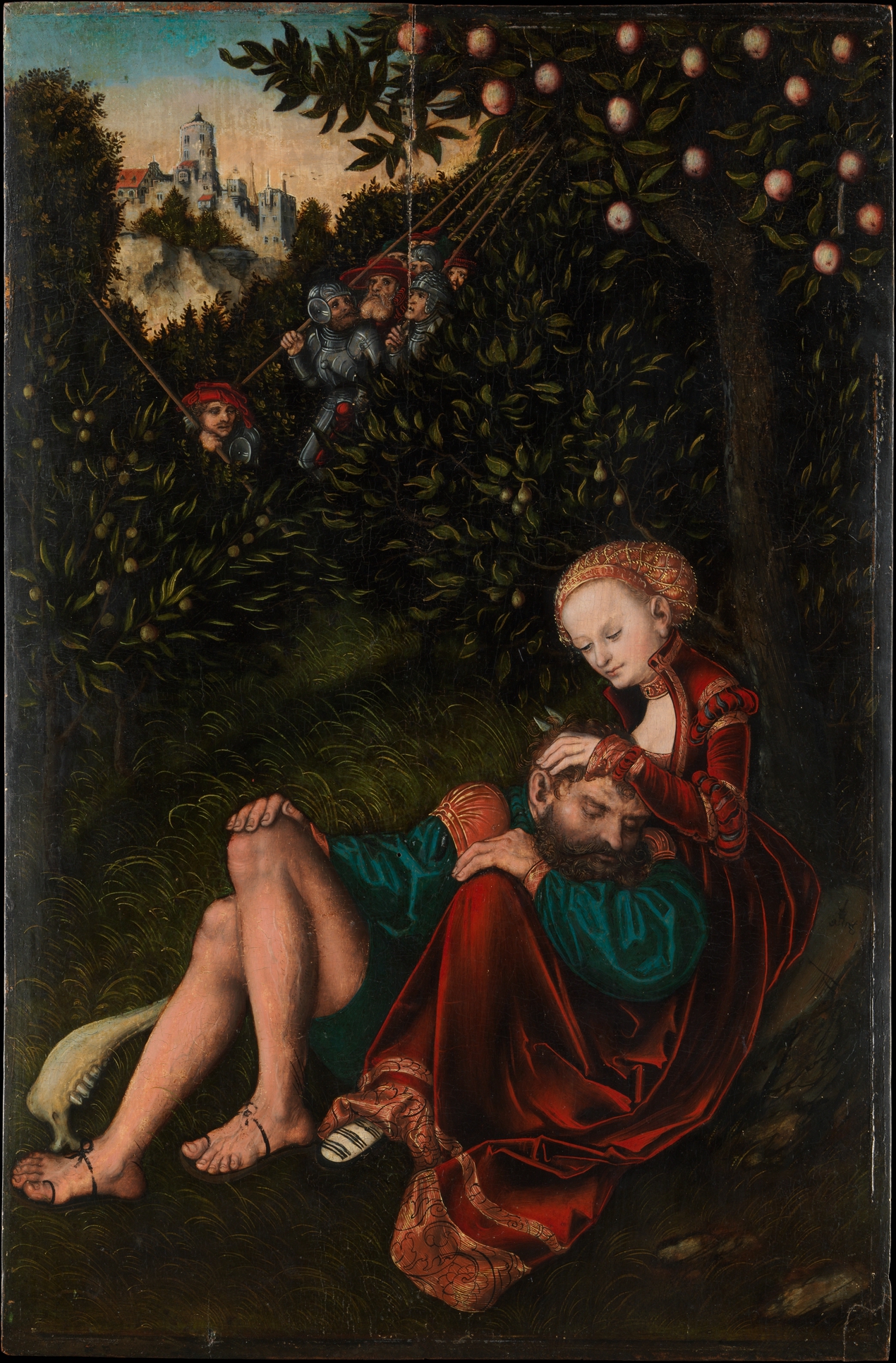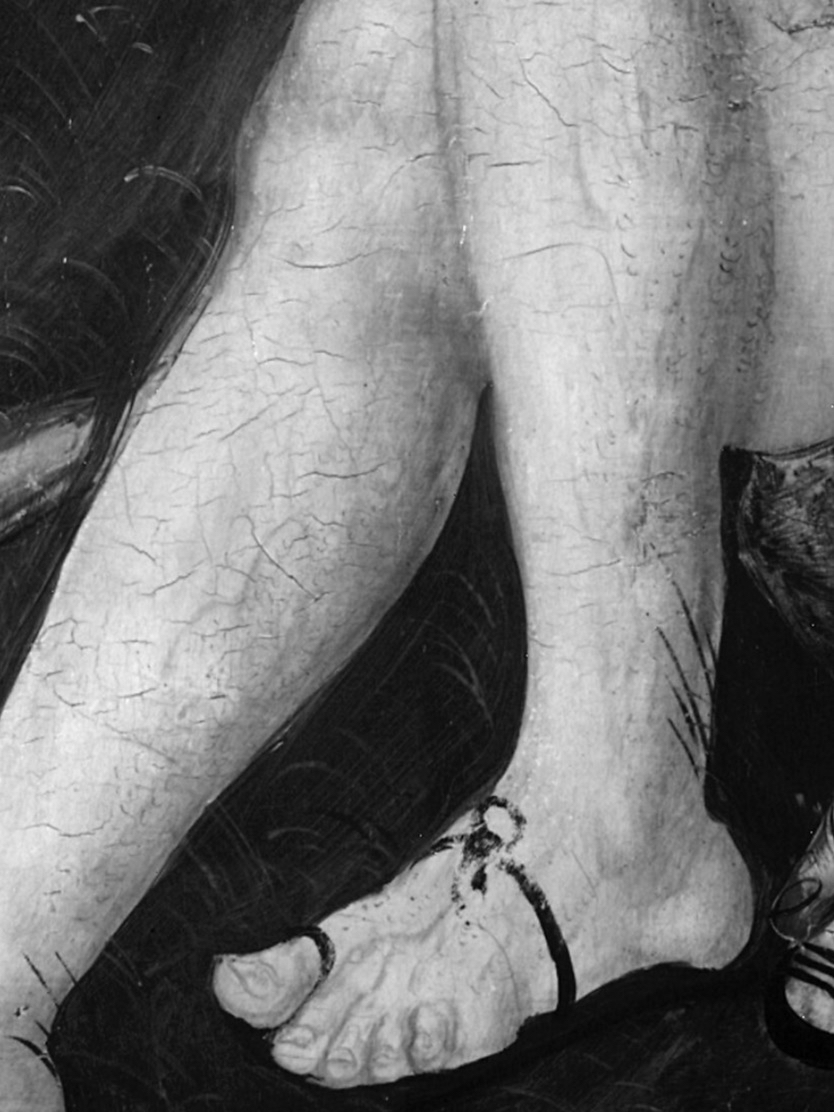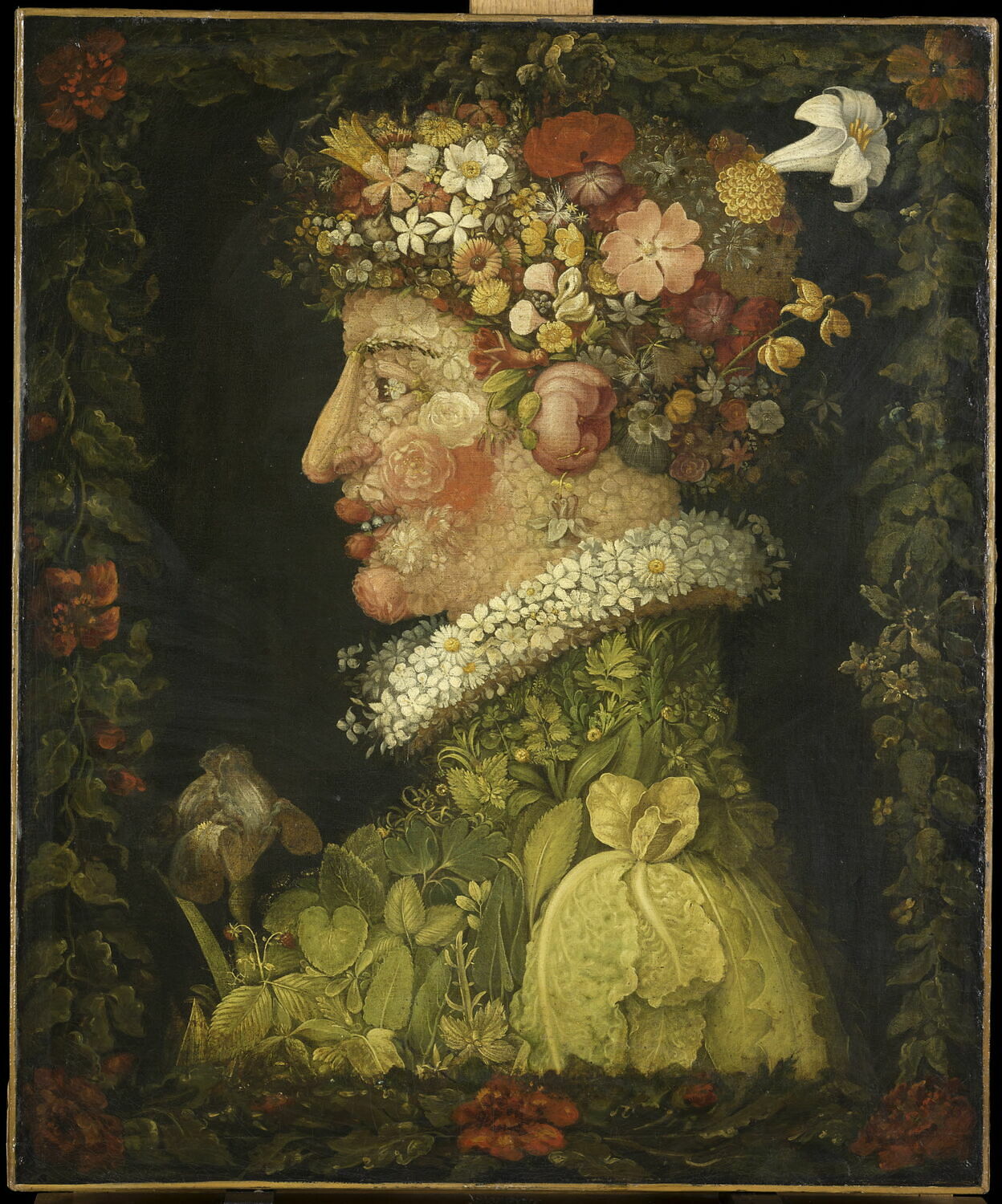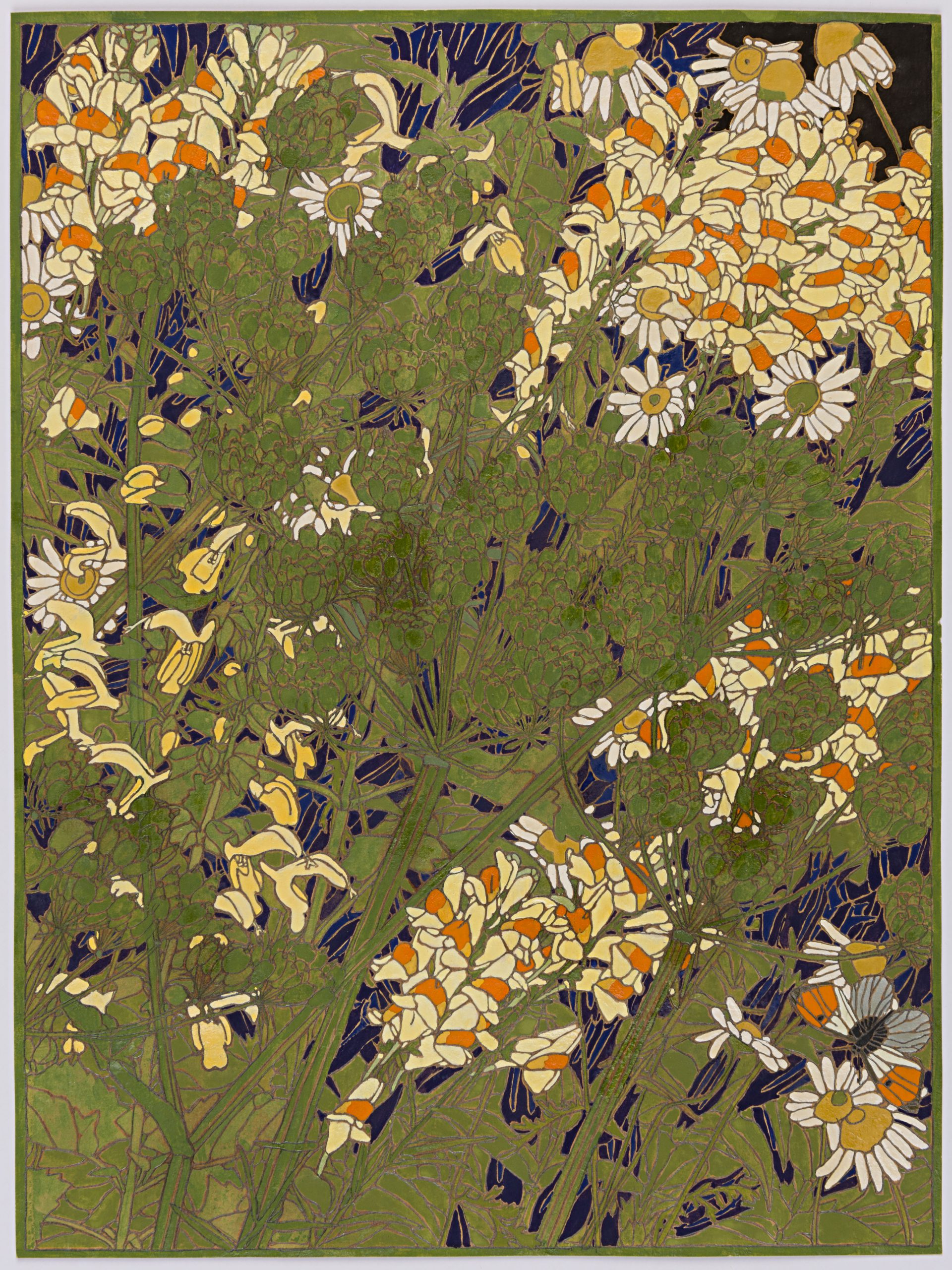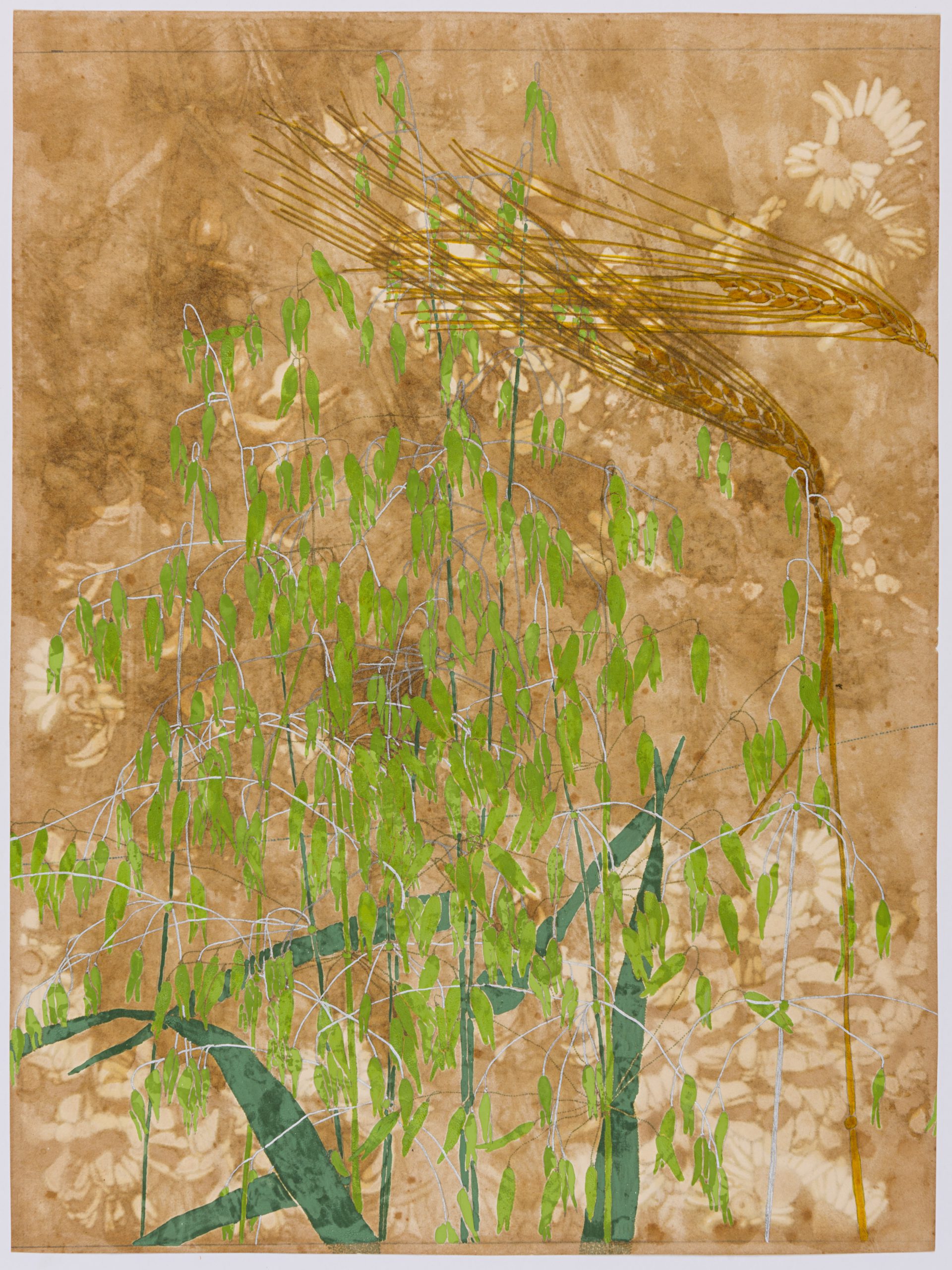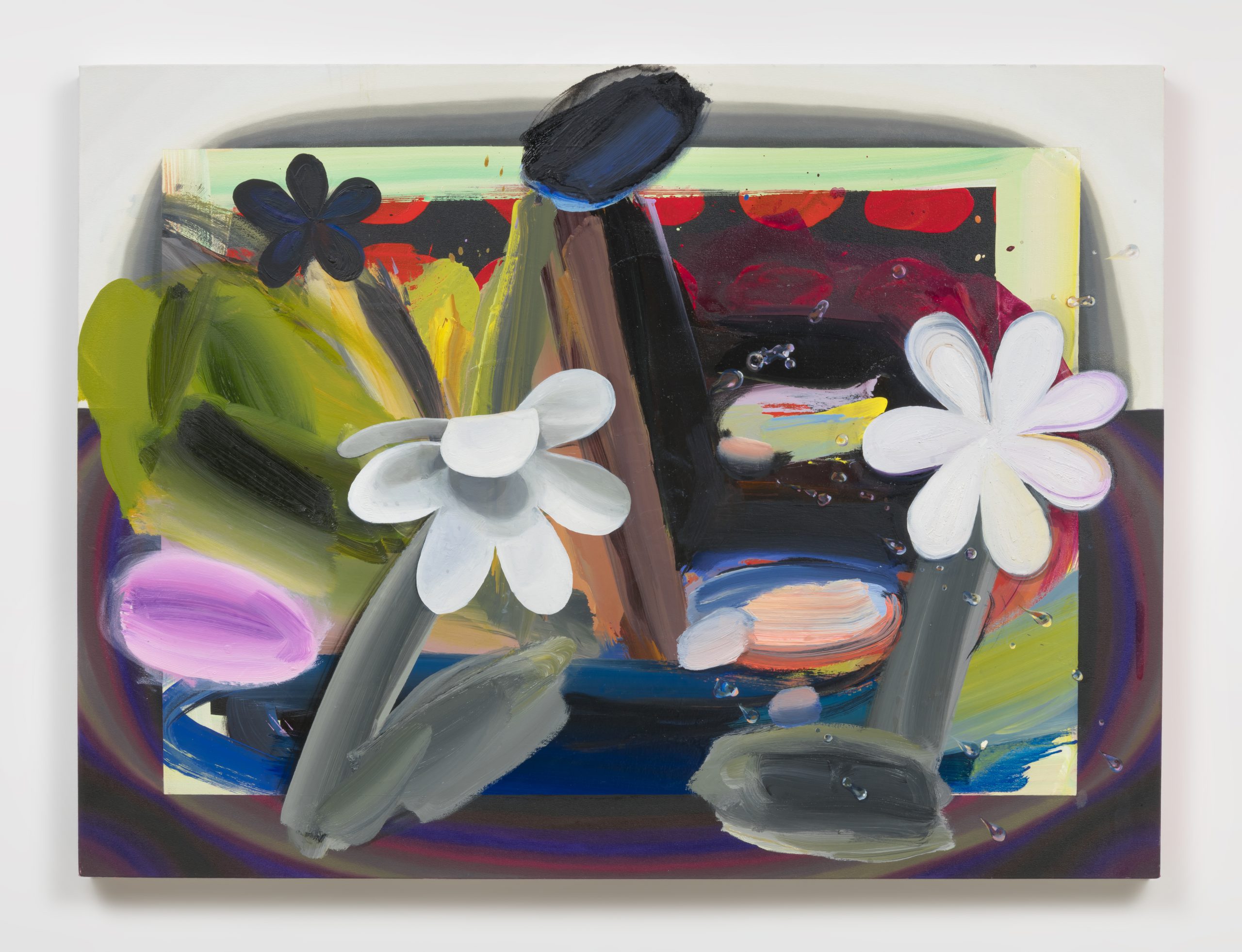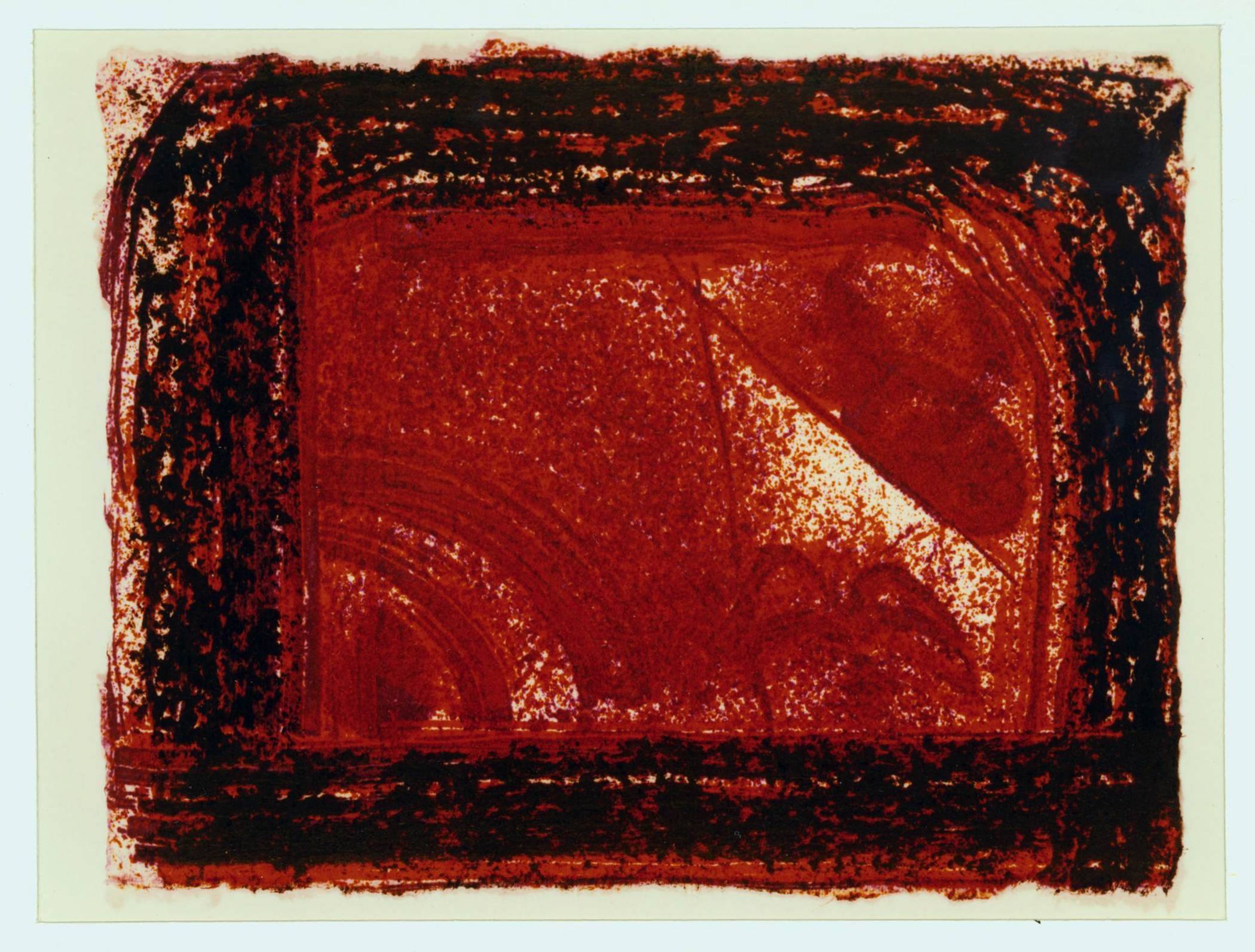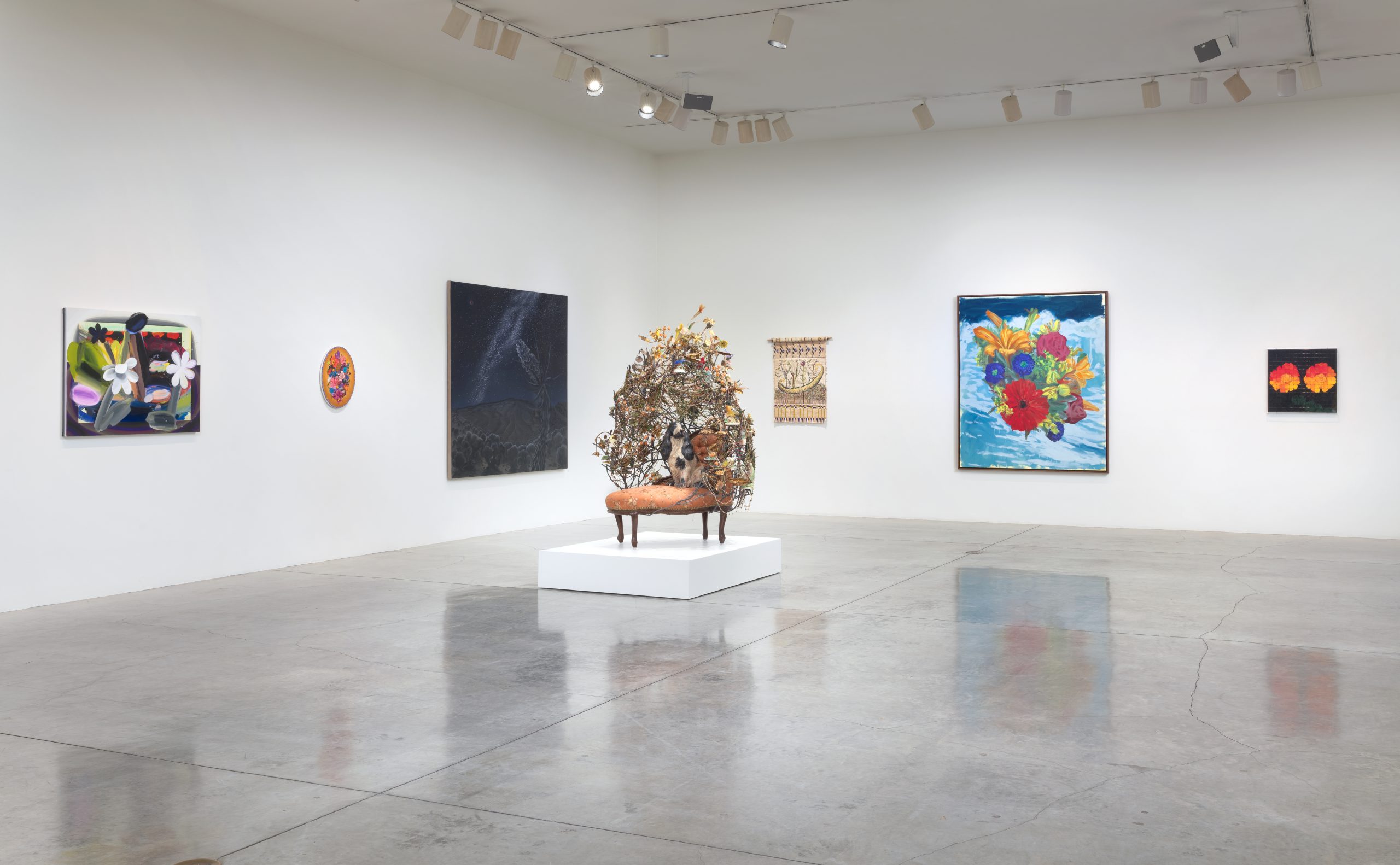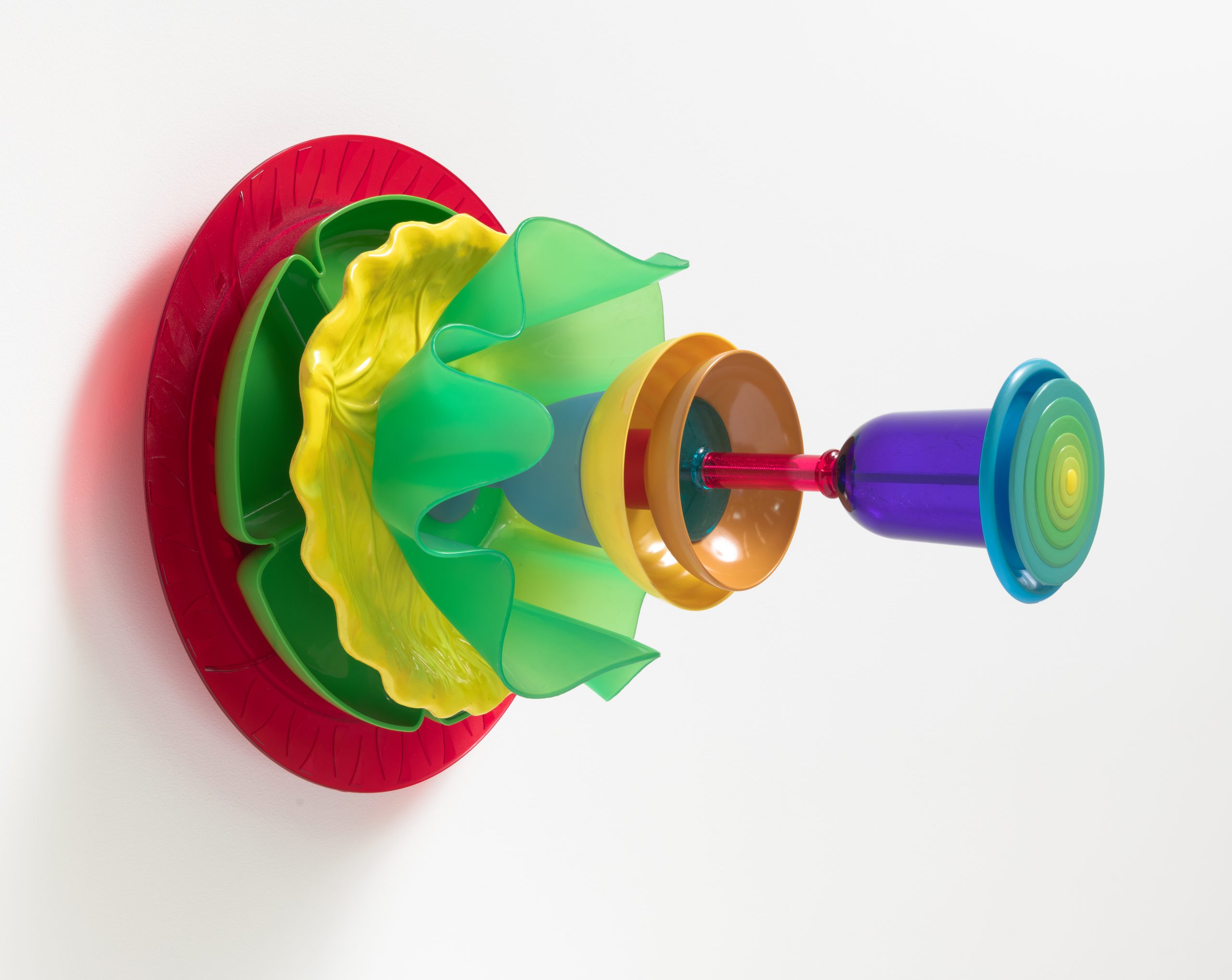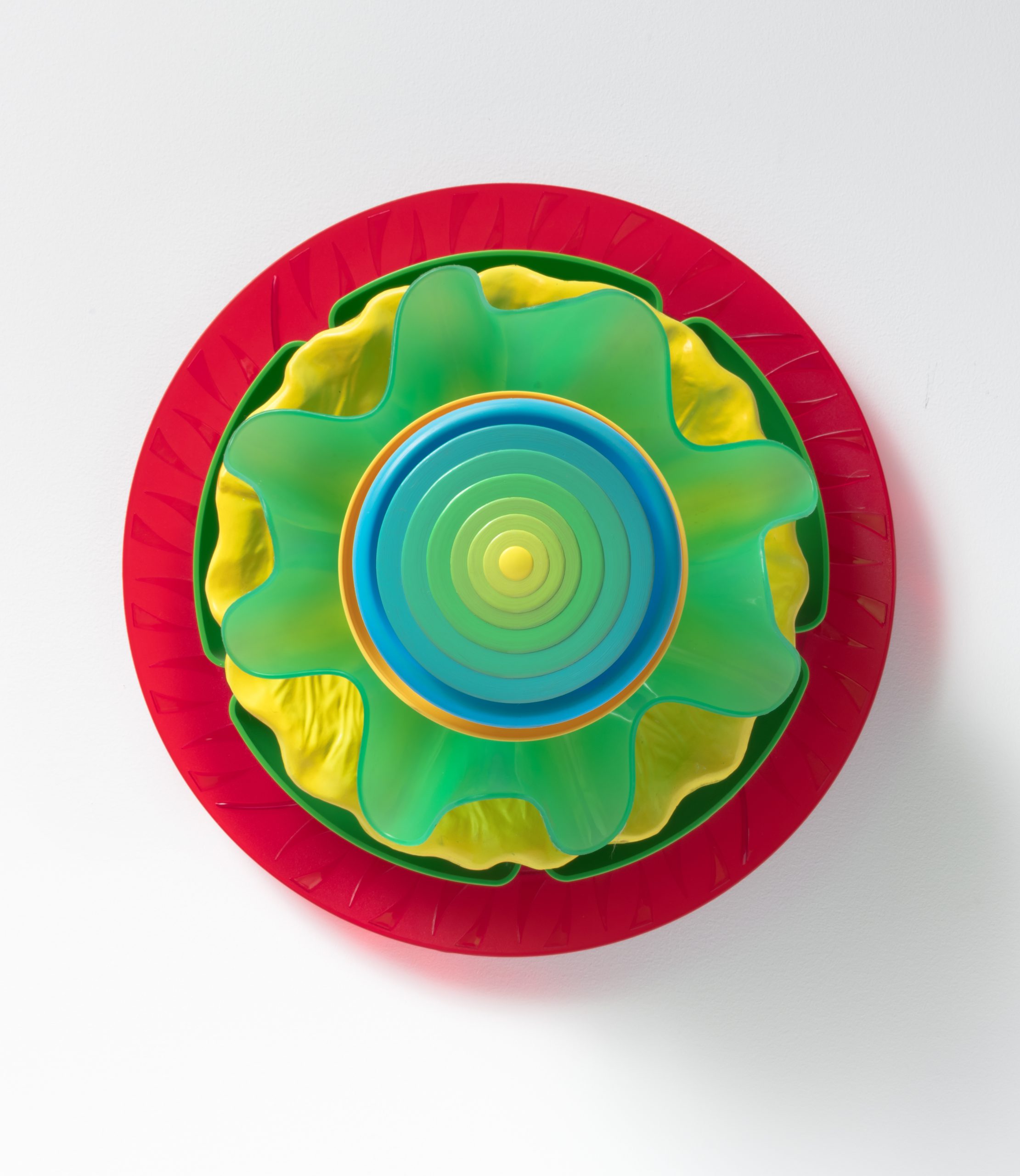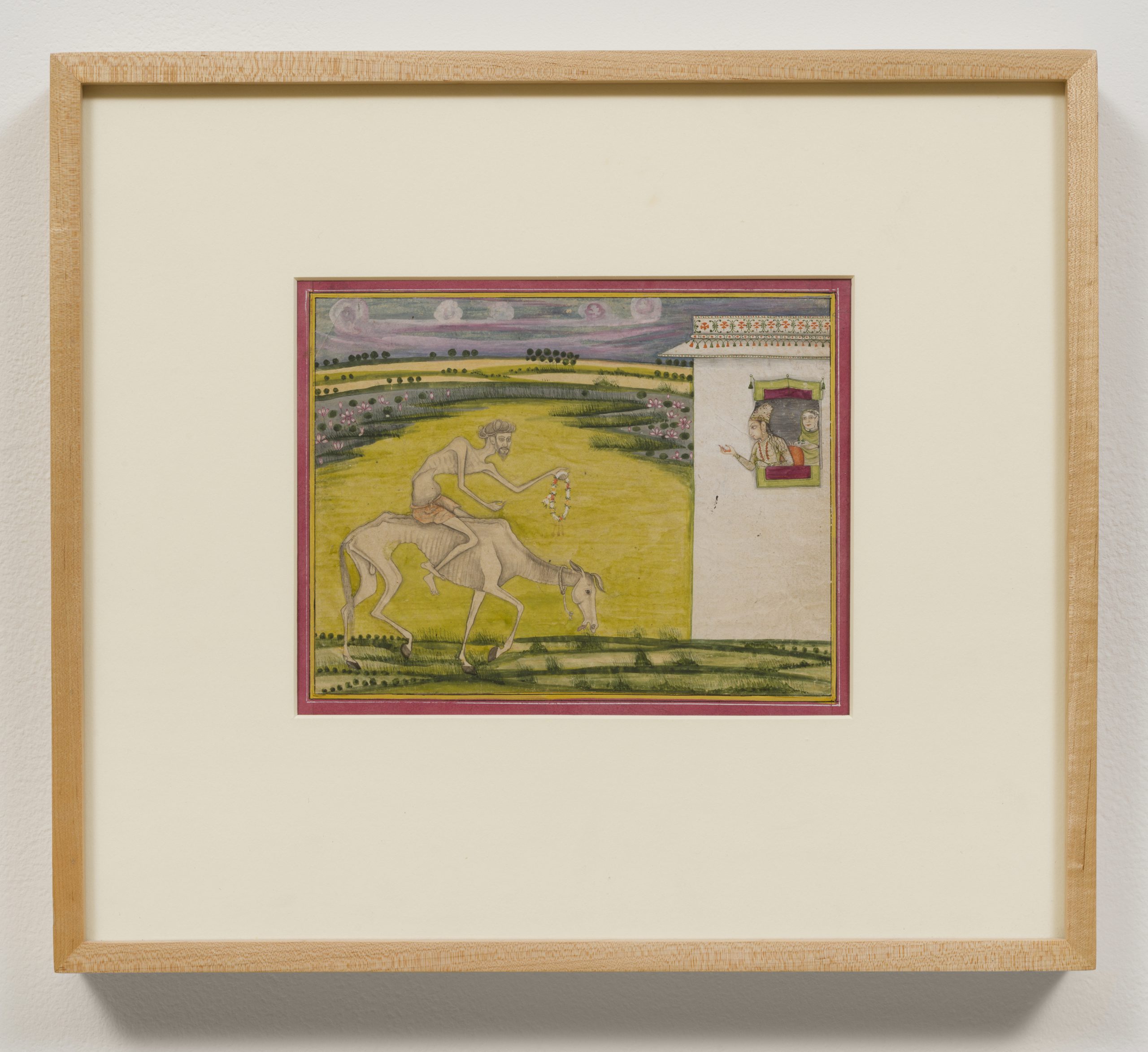

L.A. LOUVER
7 June - 1 September 2023
The Flower Show: A link with the past
Including over 90 artworks by 55 artists, The Flower Show at L.A. Louver spans medium, size, and time through interpretation of the flower motif. This exhibition presents artworks that date as far back as the 1700s alongside those created throughout the 20th century and up until the present day, 2023. In this online viewing room, we highlight eleven artists from The Flower Show and their links to the past.
Pancrace Bessa
Pancrace Bessa (1772 - 1846)
Snapdragons, date unknown
watercolor with touches of gouache over a pencil underdrawing
paper: 17 1/8 x 12 in. (43.5 x 30.5 cm)
framed: 24 1/2 x 19 3/8 in. (97.2 x 79.4 cm)
signed verso
Among the leading painters of flowers during the first half of the 19th century, Pancrace Bessa (French, 1772 – 1846) was renowned for his meticulous renderings of flora. Created prior to the advent of photography, such botanical examination of snapdragons represents the significant historical function of flower painting and drawing as a tool for study.
Despite the practical nature of this watercolor, the artistry of Bessa’s skillful hand is undeniable. It was his artistic prowess that inspired King Charles X to commission a series of 572 watercolors for the most significant French flower periodical of the time L’Herbier général de l’amateur”(“General Herbal for the Amateur”).
Penelope Gottlieb
Penelope Gottlieb
Colocasia esculenta, 2023
acrylic and ink over a digital reproduction of an Audubon print
paper: 60 x 40 in. (152.4 x 101.6 cm)
framed:62 x 42 in. (157.5 x 106.7 cm)
initialed lower right; signed, dated, and titled verso
As climate change poses an urgent issue for humanity, the theme of environmental fragility and connectivity within nature proves rich inspiration for artists today. To address the deterioration of the natural world, Penelope Gottlieb employs a strategy of intervention in which she appropriates the iconic bird images of John James Audobon and pairs them with invasive plant species.
In Colocasia esculenta (2023) a near extinct pink flamingo is entwined with the predatory flowering taro vine: nature at war with itself. In another work from the same series, Rosa bracteata (2023), highlights a species of rose native to southern China and Taiwan but invasive to the United States. In this work Gottlieb showcases human intervention through the process of grafting which results in strange hybridized blossoms. These depictions of intervention address the 19th-century belief of an unending abundance of nature over which humans have unfettered right and rather, using the artist’s own words, presents “a revisionist vision of nature in its current state of compromise and literal bondage.”
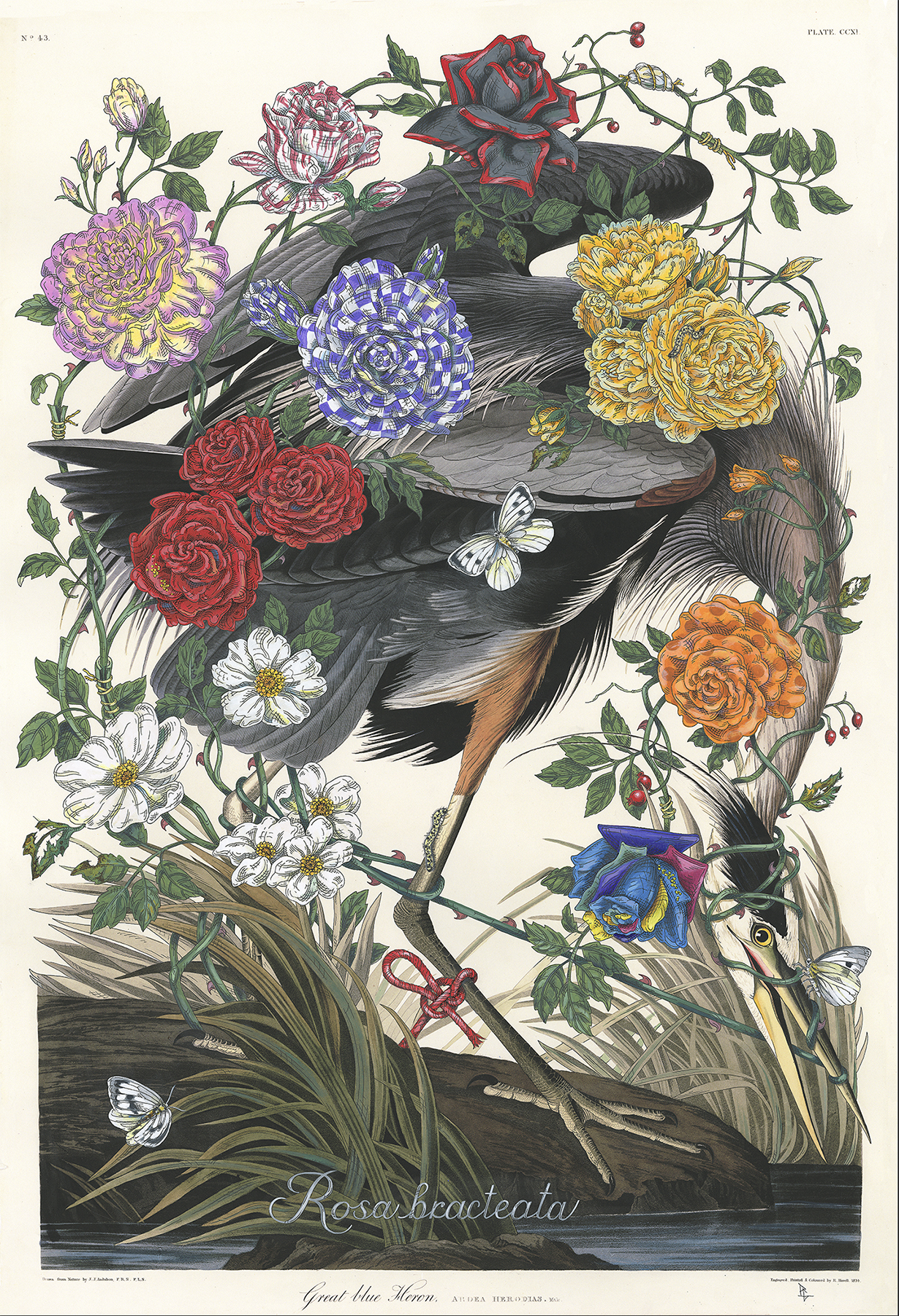
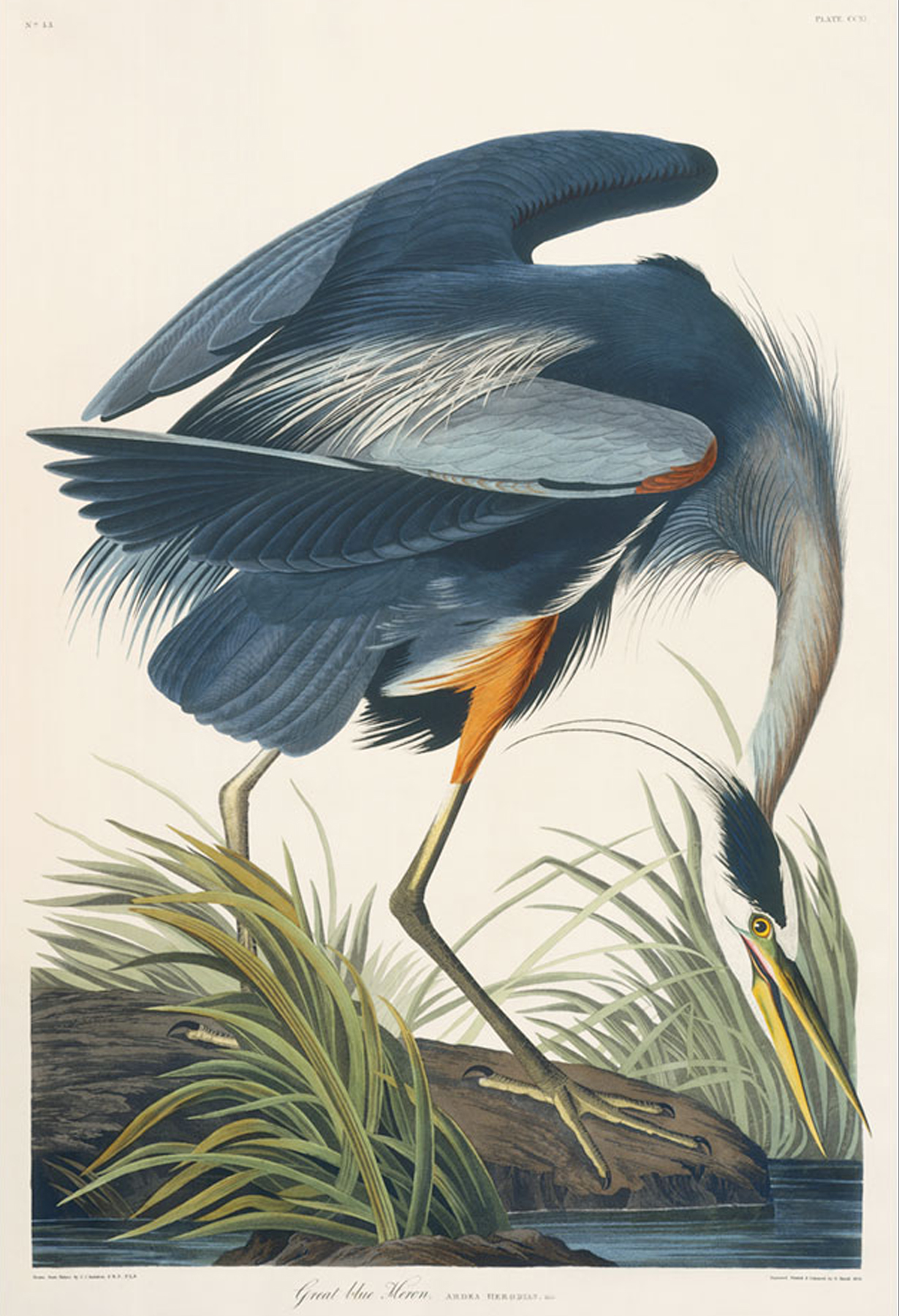
Penelope Gottlieb
Rosa bracteata, 2023
acrylic and ink over a digital reproduction of an Audubon print
paper: 38 x 26 in. (96.5 x 66 cm)
framed:44 1/8 x 31 1/4 in. (112.1 x 79.4 cm)
initialed lower right; signed, dated, and titled verso
Shown with John James Audubon's Great blue Heron, 1834
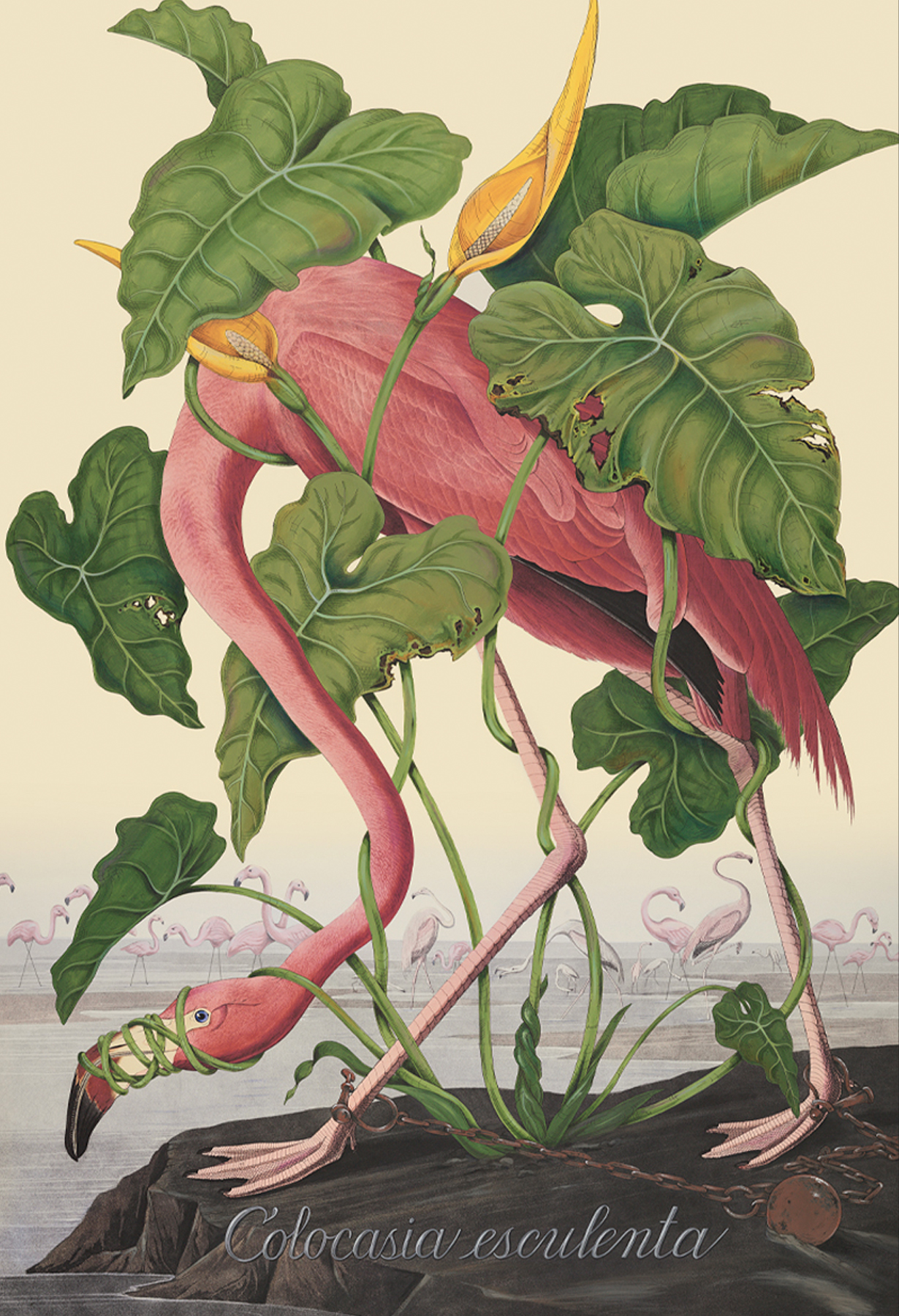
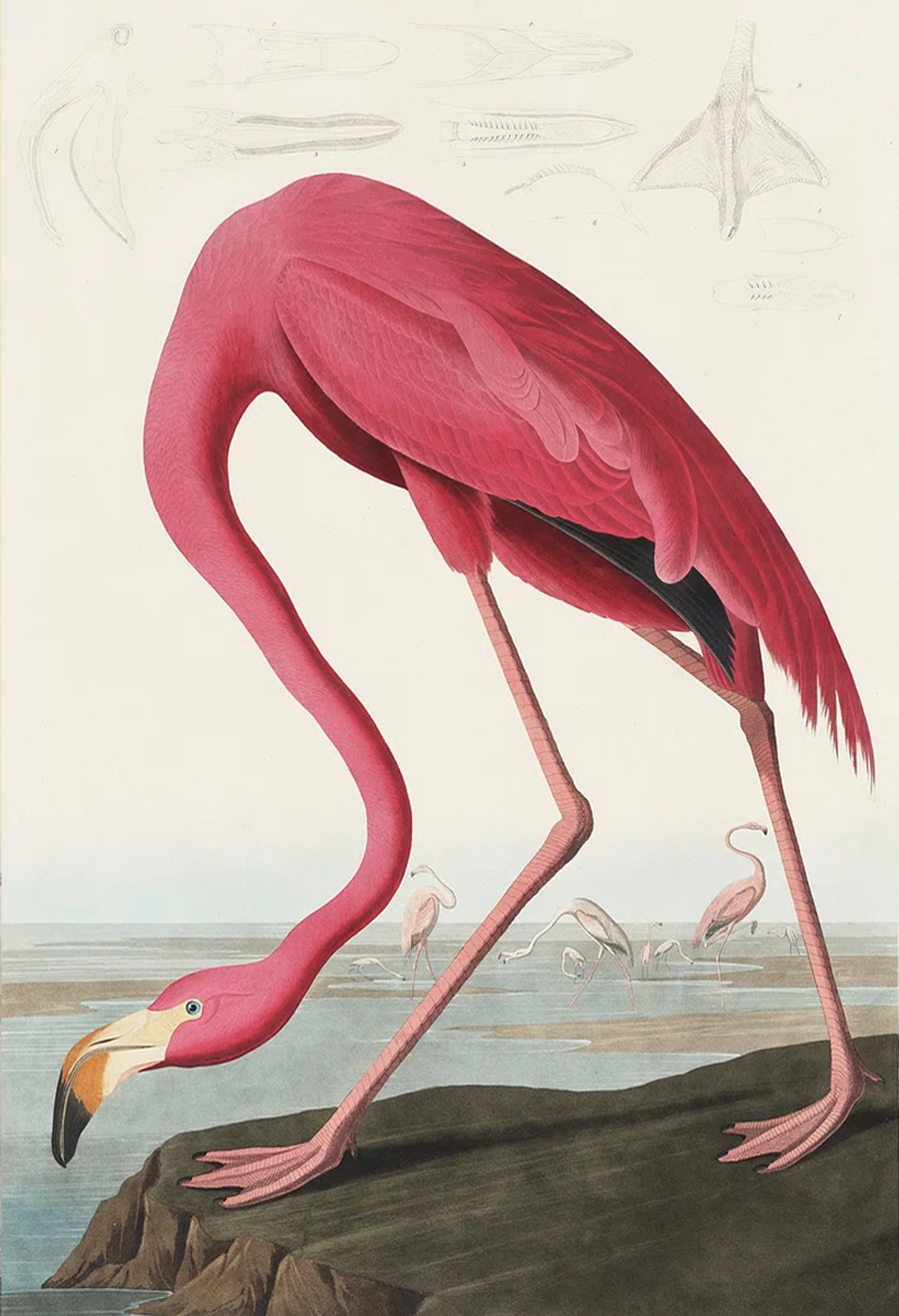
Penelope Gottlieb
Colocasia esculenta, 2023
acrylic and ink over a digital reproduction of an Audubon print
paper: 60 x 40 in. (152.4 x 101.6 cm)
framed:62 x 42 in. (157.5 x 106.7 cm)
initialed lower right; signed, dated, and titled verso
Shown with John James Audubon's American Flamingo, 1838
Installation of The Flower Show at L.A. Louver
Photograph by Robert Wedemeyer, 2023
David Hockney & Adolphe Monticelli
Displayed alongside each other, the c. 1878-81 oil painting by Adolphe Monticelli (French 1824-1886) and 2021 iPad painting by David Hockney engage in an interesting dialogue about the floral still life throughout time. In Monticelli’s Vase de Fleur, the flowers are unnamable and expressive, evoking an atmosphere through the effect of light on the petals and the changing value of color.
David Hockney’s 30th January 2021, The First One is similarly a study of light and shadow, created as part of a larger series that reproduced 20 different floral arrangements on his kitchen table in Normandy, France. In contrast to Monticelli’s expressive technique thought to have influenced Vincent Van Gogh, Hockney approaches the light and shadow of the floral still life through new technology. This difference in medium and composition contrasts measured contemplation of Monticelli with Hockney's celebration of transience and the fleeting nature of flowers’ beauty.
Rachel Lachowicz
Rachel Lachowicz
Gerberas (Orange), 2017
pressed eyeshadow and aluminum
24 x 24 in. (61 x 61 cm)
Appropriation is the strategy of Rachel Lachowicz in Gerberas (orange) (2017) as she recreates with eye shadow the canonical flower motif of the renowned appropriator Andy Warhol. One of the key interventionists in what has been dubbed “lipstick feminism,” Lachowicz is known to question male domination of the art historical canon through artworks that excavate the relationship between identity and the politics of mark making.
Stas Orlovski
Stas Orlovski
Wild Flower, 2000
mixed media on paper mounted on canvs
canvas: 20 x 16 in. (50.8 x 40.6 cm)
framed: 21 1/8 x 17 1/4 in. (53.7 x 43.8 cm)
signed and dated lower right
A direct sampling from the past is seen in Stas Orlovski’s Wildflower, 2000. Orlovski has subtly inserted a pencil drawn disembodied foot into his composition, from which flowers sprout in between the toes. Orlovski’s primary inspiration for this foot was the painting Samson and Delilah (c. 1528-30), by Lucas Cranach the Elder (German, 1472 -1553). In its time, the representation of the Biblical allegory of Samson and Delilah was a reminder of feminine temptation and the pitfalls of love.
Lucas Cranach the Elder
Samson and Delilah, c. 1528-30
and an infrared reflectogram detail
Collection of the Metropolitan Museum of Art
Vanessa Prager
Vanessa Prager
Silhouette in Yellow, 2023
oil on panel
48 x 36 in. (121.9 x 91.4 cm)
signed verso
Inquire
In Vanessa Prager’s Silhouette in Yellow (2023), thickly impastoed flowers obscure the details of a brightly colored profile. The Proto-Surrealsitic portraits of Giuseppe Arcimboldo (Italian, c. 1527 – 1593) come to mind as both artists uses flowers to describe the human figure. Although separated by over 450 years, the work of these two artists instigates similar questions of what is revealed by a surrealistic approach to the human body.
Paula Rösler
Paula Rösler (1875 - 1941)
Toadflax (recto); Studies of Leaves and Wheat (verso), 1917
recto: gouache, watercolor, and pencil on paper
verso: watercolor, brown wash, silver, and pencil
image: 15 1/2 x 11 5/8 in. (39.4 x 29.5 cm)
framed: 23 3/4 x 20 in. (60.3 x 50.8 cm)
signed, dated, inscribed
Inquire
Toadflax (1917) by Paula Rösler (German, 1875 – 1941) is a double-sided composition that features a striking sense of “all overness.” Rösler’s characteristic style advanced Art Nouveau or Jugendstil manner, and demonstrates the influence of Japanese composition on Western European art at the time. Rösler and her work remain relatively obscure today outside of Germany, despite her success as a highly regarded artist in her day.
Raychael Stine
In ophelia 3 (weeping dreaming river jammer with daisies and black violet) (2021), Raychael Stine builds on the art historical precedent of Howard Hodgkin through background mark making and the incorporation of the frame into the painted composition. A defining characteristic of Hodgkin’s artwork, an illusionistic frame gives definition to the subject.
Stine expands on this aspect in ophelia 3, which she describes as a “jammer painting":
Jammer paintings take that diffused space, shift it on its side, and squeeze or “Jam” a ground into it that melds factual material paint space and illusionistic space, shifting the diffused ground into a frame around a suggested picture or stage set for play. The frame takes from conventions of modeling color shift in temperature and light to describe form, in shallow space, such as a drop shadow or a theater curtain; transitional space like water or a screen, and more expansive space found in landscape and atmosphere.
Howard Hodgkin
Cardo's Bar (Black), 1979
lithograph with hand coloring
sheet: 4 1/2 x 6 in. (11.4 x 15.2 cm)
initial lower center
Inquire
Installation of The Flower Show at L.A. Louver
Photograph by Robert Wedemeyer, 2023
Don Suggs
Don Suggs (1945 - 2019)
Fleurs du Mall #9 (side view), 2007
plastic objects and acrylic paint
16 x 20 in. (40.6 x 50.8 cm)
signed, dated, titled verso
Inquire
Comprised of found brightly colored plastic forms and the artist’s own painting, Fleur de Mall # 9 (2007) by Don Suggs (1945 - 2019), a strange monster of a flower that protrudes from the gallery wall, asks us to confront questions of nature versus industry and the effect of easy disposability.
The title also punningly references a controversial volume of poetry written by Charles Baudelaire, Les Fleurs du Mal (The Flowers of Evil), first published in 1857 and of immense influence on artists and poets of the day for its themes relating to decadence and eroticism. In The Flower Show, Suggs’ sculpture is displayed alongside a 1947 limited edition copy of Baudelaire’s poems illustrated with etchings and lithographs by Henri Matisse (1869-1954).
Don Suggs (1945 - 2019)
Fleurs du Mall #9 (front view), 2007
plastic objects and acrylic paint
16 x 20 in. (40.6 x 50.8 cm)
signed, dated, titled verso
Inquire
Unknown
Unknown artist
The Emaciated Hero Brings a Garland of Flower to his Beloved (Rajasthan Painting), 18th century
opaque watercolor on paper
paper: 6 3/4 x 8 1/4 in. (17.1 x 21 cm)
framed: 14 1/2 x 16 1/2 in. (36.8 x 41.9 cm)
Inquire
For centuries, miniature paintings have been treasured possessions of the Indian upper classes. Intimate, intricate, and colorful, the paintings are made of opaque watercolor on paper, sometimes highlighted with gold or silver. The artwork above, created by a now unknown artist in the 18th century, displays the story of a emaciated and weary warrior returning to his beloved with a token of his love: a garland of flowers.
Unknown artist
The Emaciated Hero Brings a Garland of Flower to his Beloved (Rajasthan Painting) (details), 18th century
opaque watercolor on paper
paper: 6 3/4 x 8 1/4 in. (17.1 x 21 cm)
framed: 14 1/2 x 16 1/2 in. (36.8 x 41.9 cm)
Inquire

